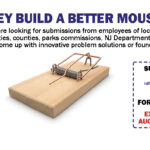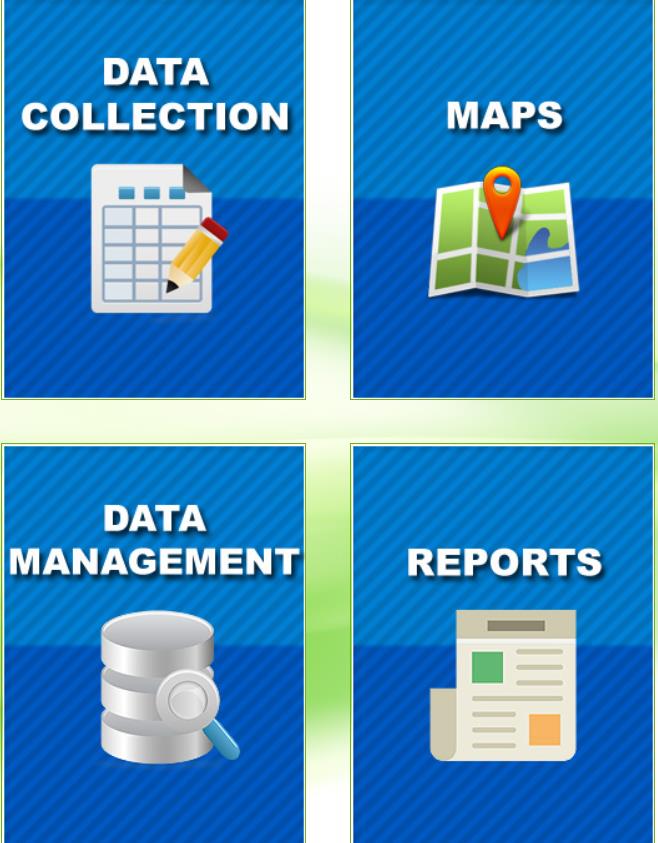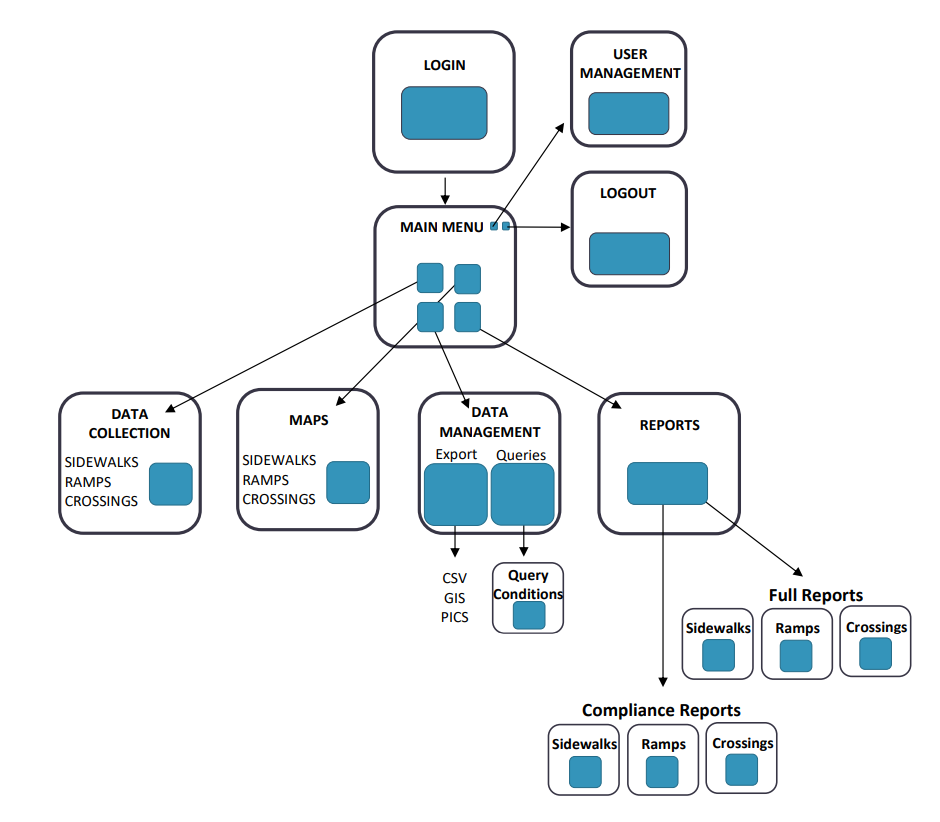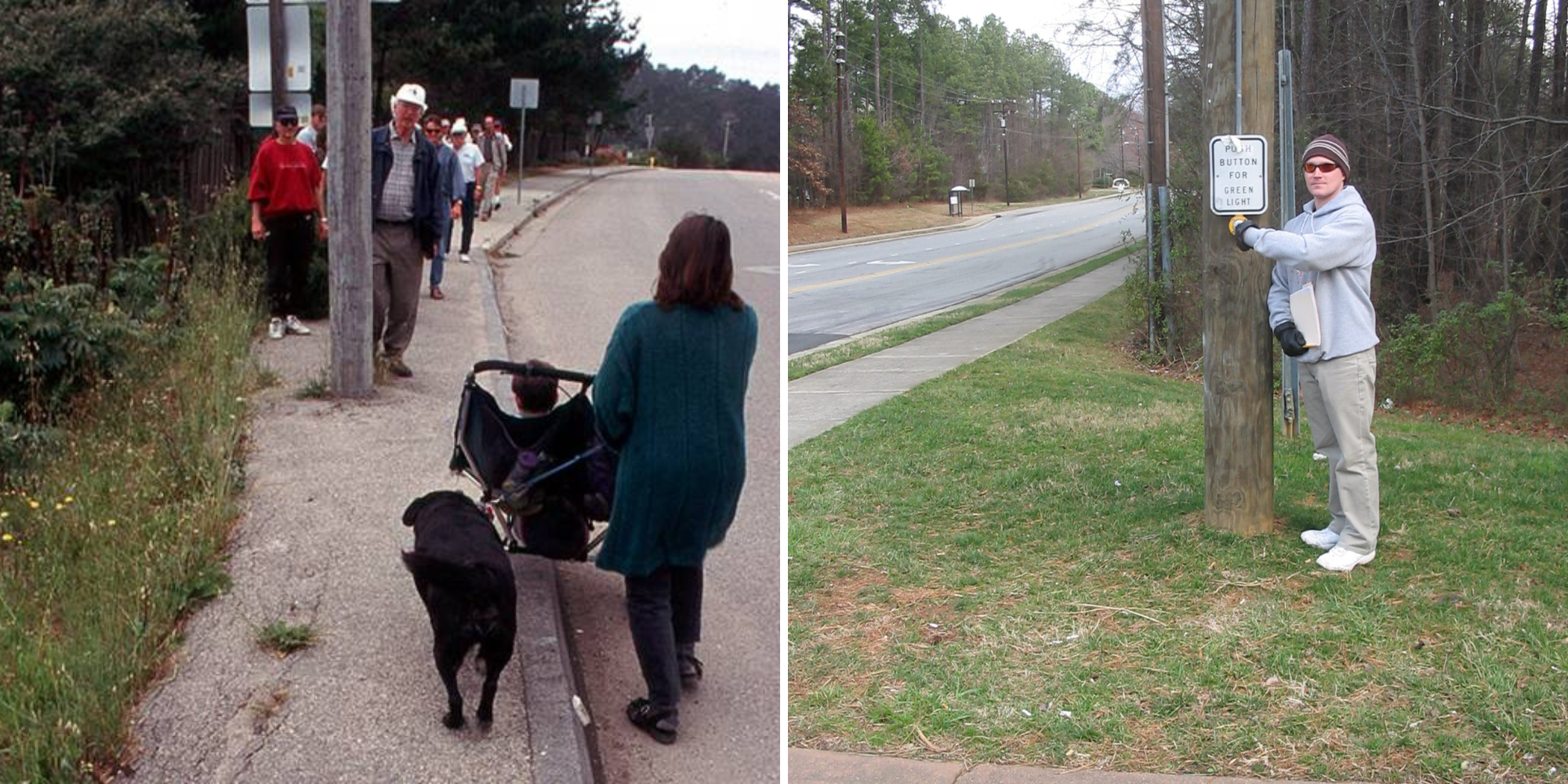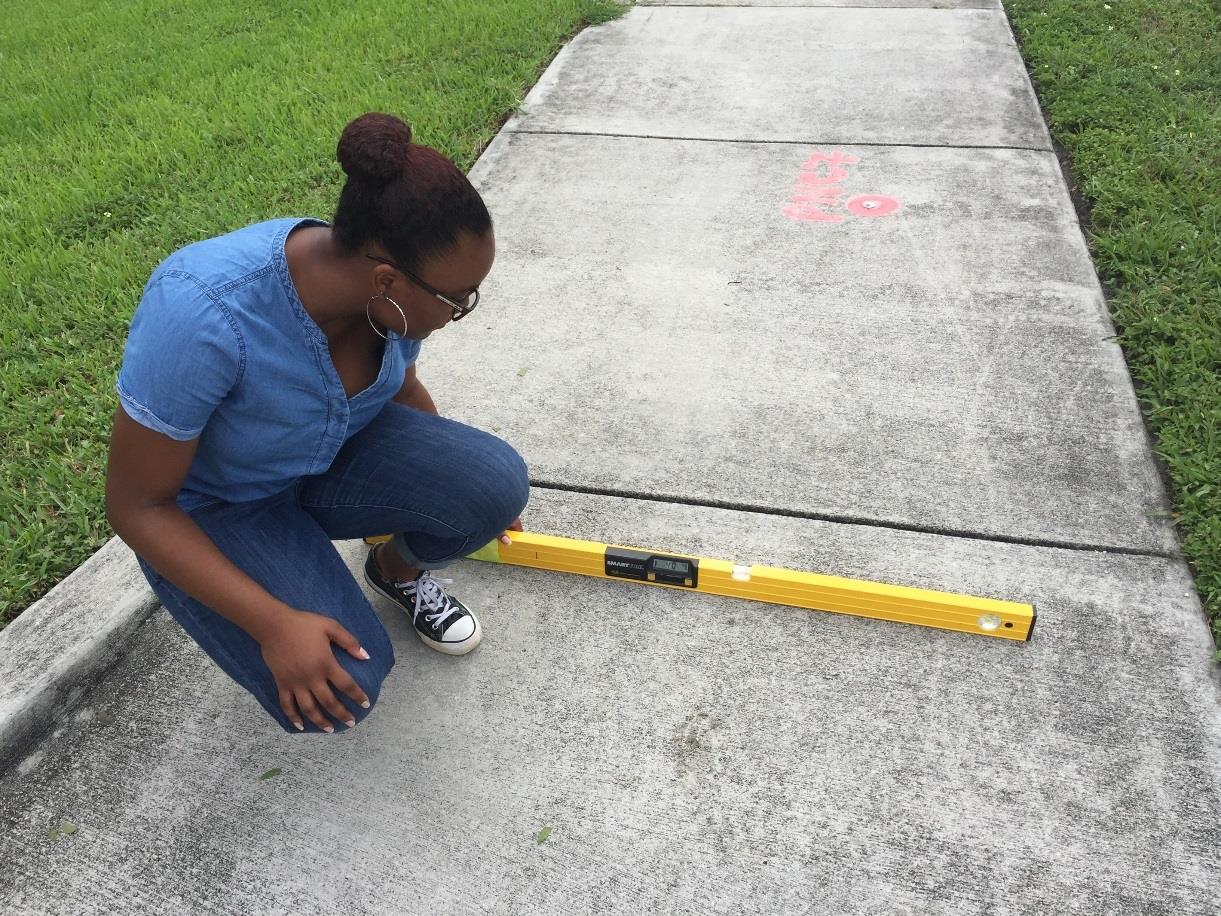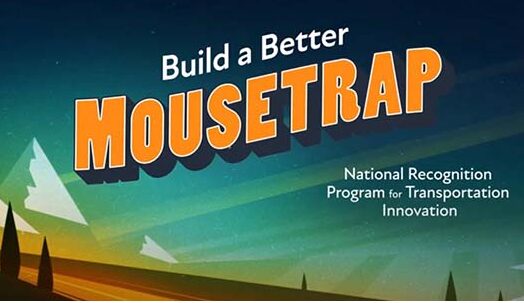New Jersey’s Build a Better Mousetrap Competition is currently underway!
The competition provides a great opportunity to share your ingenious and implemented solutions in transportation with others in New Jersey and across the country. These innovations can range from the development of tools and equipment modifications to the implementation of new processes that increase safety, reduce cost, and improve efficiency of our transportation system.
We are looking for submissions from employees of any local, county or state public agency, including the New Jersey Department of Transportation and NJ TRANSIT that have developed new solutions to problems or found better ways of doing things.
Winners will be chosen in two categories: Operations and Organizational Improvement. This competition is sponsored by the Federal Highway Administration’s Local Technical Assistance Program and Tribal Technical Assistance Program, and local public agency winners will be entered in the annual National LTAP/TTAP Conference.
A state winner in each category will also be selected and presented at the Annual NJDOT Research Showcase later this fall. The deadline for submissions is May 1st, 2025.
The New Jersey 2024 Build a Better Mousetrap Award was given to Bishoy Abdallah, a Senior Engineer in the Transportation Roadway Design (Group-1) at NJDOT, for his Replacing Inlet Curb Pieces in Existing Concrete Barrier Curb project.
There is still time to share your ingenious solutions! Past examples of NJ’s recognized BABM award winning entries can be found here. More information about how to enter the competition and to download an entry form can be found here.


